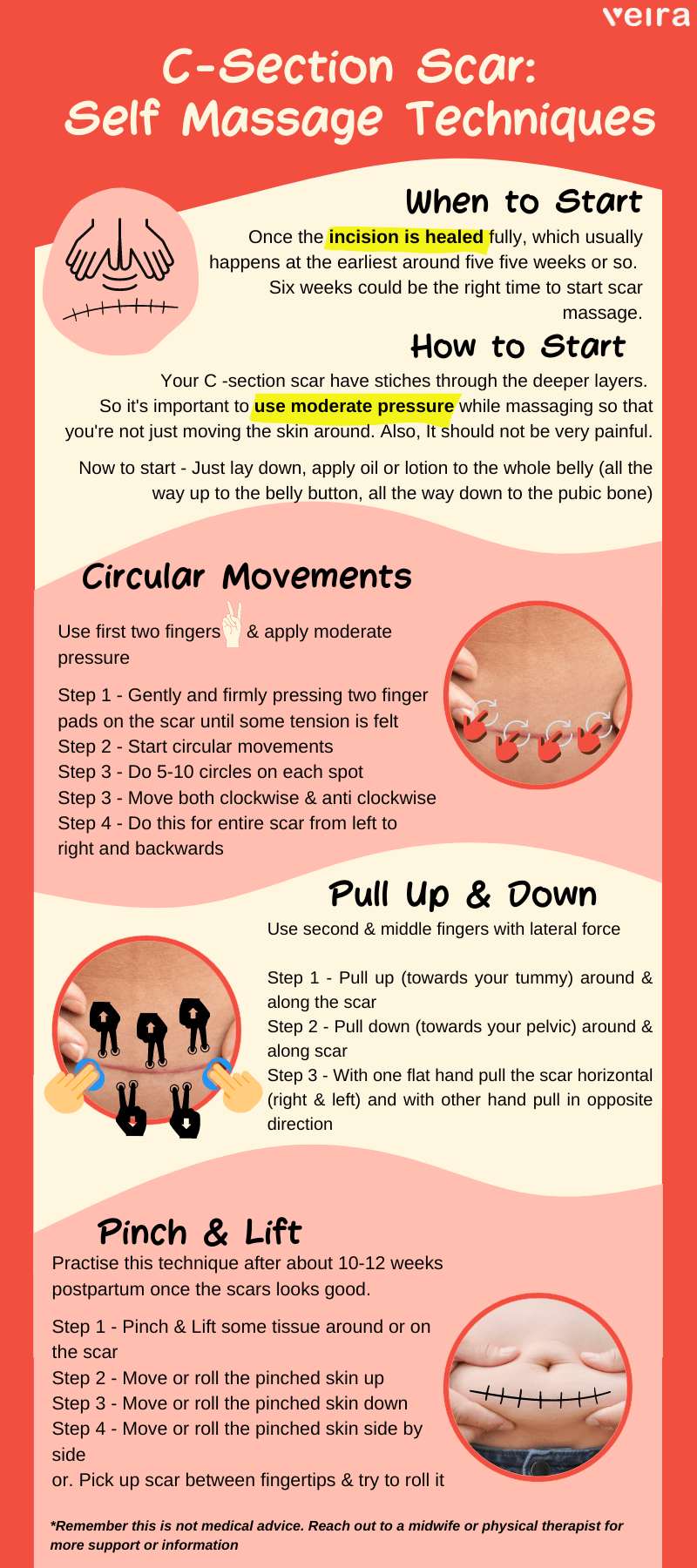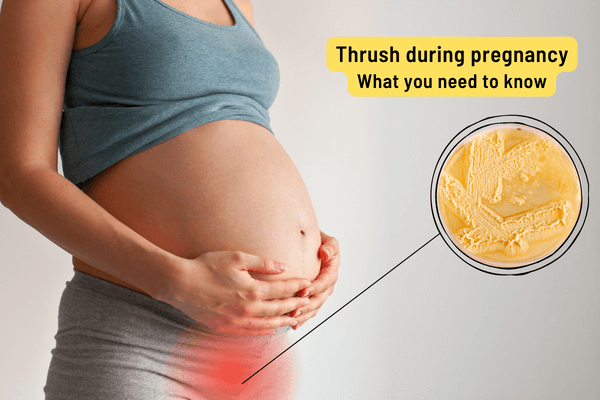According to WHO (World Health Organization), cesarean section rates are steadily rising and now make up more than 20% (1 in 5!!) of all childbirths. Despite how common it is, mothers who undergo it often talk about being surprised at some of the things that they experience. “Why did no one tell me?”, is a common refrain we have heard many times. So here are 10 things about the cesarean section that take women by surprise.
You will feel Cold and Shaky. Here’s Why
‘Gas Pains’ – A Common Post-C-Section Experience
After a C-section, new mothers may experience sluggish bowel movements leading to gas pains. This discomfort can extend to the shoulders and be felt as a shooting sensation. It’s typically managed with anti-gas medications and early mobility. These sensations may seem alarming but are common and generally manageable with proper care.
C-Section Is Usually Not A Scheduled Surgery
C-Section is usually performed when complications from pregnancy make vaginal birth impossible, or if there are risks to the mother or child, or if complications arise during labor. While planned C-sections are occasionally scheduled, they are not the routine choice due to several key factors including baby’s development and unpredictability of labour often making it challenging to set an exact date.
The Speed of the Procedure: C-Sections are Quick!
During a planned C-section surgery, the delivery takes about 10 to 15 minutes. During labor, if complications warrant a C-section, then, in emergency C-section cases, the delivery can happen quickly, with the baby being delivered in about 5 minutes. The entire C-section procedure from start to finish takes about 30-45 minutes. After the provider delivers the baby, they stitch the uterus and close the incision in the abdomen.
Recovery Insights: How Walking Can Help
Navigating Breastfeeding Challenges After a C-Section
Evidence has suggested that new mothers who have given birth by cesarean can find it more difficult to establish breastfeeding and they are more likely to stop breastfeeding earlier. Remember, breastfeeding is a learned skill for new moms and babies, in general. C-section deliveries can impact breastfeeding. Reach out to Veira Life for help, our lactation counselors can guide you through your breastfeeding struggles and challenges every step of the way.
Post-Operation Scar Care is Important
C-sections are generally safe, but they involve a surgical procedure with one incision in the abdomen and another in the uterus. As it is a major surgery, it is important to properly care for the incision to prevent injury and infection. C-section scars are often from side to side and below the bikini line. Once the scar starts to heal, there will be a faded line that is barely noticeable. It is important to take proper care of the incision scar to prevent injury and infection. You should be aware of the ways to support the healing process and minimize the scarring. Some things to remember:
- Clean the incision regularly
- Wear loose-fitting clothing
- Do not exercise until your doctor allows it
- Be present for every appointment with your doctor
- Apply heat to the abdomen
- Take pain relievers
- Once the incision is healed, after 4 weeks, you can use oil or a lotion to gently massage the scar tissue. This helps to increase blood flow to this area of your body and to break up any internal adhesions. Adhesions can form with the uterus and bladder during the healing process.
The Emotional Journey
Physical changes are one of the critical aspects of the postpartum experience. Parenthood also brings mental changes and shifts. Lack of sleep and altering routines are likely to take a toll on new mums. There is also the risk of postpartum blues or depression. Emergency C-sections have been known to severely impact mental health. For more than two weeks after the C-section delivery, moms can experience symptoms that can make it hard to care for their baby or go about their life. They can experience intense sadness, mood swings, loss of appetite, heightened anxiety, or even a lack of joy. Seek support. Build a strong postnatal support team around you. There are a variety of options available, like postpartum doulas, qualified therapists, or even seek support groups and online communities.
Check Out Our Infographic on C- Section Self-Massage Techniques Below-

Your Next Birth Can Be Vaginal – Here's How
The conventional thinking is that once you have a C-section, all the subsequent births need to be C-section too. But this is not true. Mothers who have a C-section delivery can opt for a vaginal delivery for future pregnancies. If they meet the following criteria, there are higher chances of vaginal birth after cesarean (VBAC).
- The provider used a low transverse incision (LSCS).
- The first C-section was performed for a non repeating complication.
- There was no infection after surgery.
- There is at least a gap of 17 months between the birth and the next pregnancy.
Lean on Your Support System – It's Crucial
Labor support is when the mother is in labor, there is someone who takes the role to help the mothers stay comfortable, helps them move through the birthing process, reminds them of what’s happening is normal and healthy, and provides them information about care. A labor support specialist or doula can also help you move around during labor. They usually support the spouse or partner and others in the room as well. Research has highlighted that support from a doula or other labor support specialist helps in providing continuous support. They can also provide invaluable support in case of a C-section through information and advocacy, emotional support, comfort measures, post-operative support and support to the spouse and family in assisting the mother through the whole experience and through postnatal recovery.
Conclusion
Preparing for childbirth is a journey filled with choices and emotions. It’s not just about the process itself, but also about being heard and respected during labor and birth. Knowing your options and making informed decisions about your baby and your body are crucial. Whether you are facing a C-section or normal vaginal delivery, understanding the possibilities and preparing mentally and emotionally can transform your experience. Embrace the support of those around you and trust in your ability to navigate this profound moment in life.
How can Veira Life Support You?
At Veira Life, we understand the stress and anxiety caused by a C-section for new mothers and we are passionate about supporting women feel prepared for birthing, regardless of the method of delivery. Our team of experts will guide and support you through pregnancy to postpartum, offering a personalized experience to help you recover. Our specialized Veira Coaches are equipped to assist with C-section preparation and care. Let us help and support you to make your birthing experience or C-section as smooth and empowering as possible. Register to try out Veira Life for yourself.
FAQs
C-section is a life saving surgery needed mostly when there are complications during labor or when there are certain factors like placenta over the cervix, certain (but not all) twin pregnancies, CPD
C-sections carry the usual risks that a surgery has, a slightly higher post-surgery infection risk, could require an extended hospital stay, a prolonged recovery time and pose challenges in breastfeeding and bonding with the baby. Previous C-sections can increase the risk of certain complications in subsequent pregnancies.
Babies often cry immediately after a C-section, as it helps them take their first breath. If both mother and baby are healthy, immediate skin-to-skin contact can be initiated.
A C-section involves several steps: a skin incision, blunt dissections of subcutaneous layers and fascial opening, peritoneum entry, sharp then blunt uterine entry, placenta removal, uterine closure, and closure of the peritoneum.
The 7 layers involved in a C-section are: skin, adipose tissue, superficial fascia, external oblique muscle, internal oblique muscle, transversus abdominis muscle, and finally the peritoneum, uterus. These make up the anterior abdominal wall.







